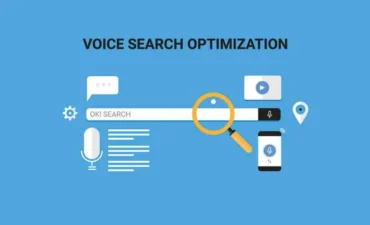A study by the University of Pennsylvania found that people who use social media are more likely to be depressed, anxious, and lonely. The study was conducted by Dr. Melissa G. Hunt and her team of researchers. They surveyed 1,787 American adults aged 18-22 years old.
The findings of the study showed that people who used social media for more than two hours a day were twice as likely to experience symptoms of depression, anxiety, and loneliness compared to those who only used it for one hour a day. People who used social media for more than three hours a day were three times as likely to experience these symptoms.
Dr. Hunt said that the findings suggest that there is a “causal relationship” between social media use and mental health problems.
Social media platforms and their impact
In recent years, social media platforms have become a ubiquitous presence in our lives. We use them to stay connected with friends and family, to get news and information, and to share our thoughts and feelings about the world around us.
While social media can be a great way to stay connected and informed, there is also a downside to its increased use. Social media can be addictive, it can lead to cyberbullying and other forms of online harassment, and it can make us feel more isolated from the people around us.
Despite the negatives, social media is here to stay. It’s important that we learn how to use it in a positive way and limit its negative impact on our lives.
What is social media?
Social media is defined as “the use of electronic communication to create, share, or exchange information, ideas, and pictures/videos” (Merriam-Webster). Common social media platforms include Facebook, Instagram, Snapchat, Twitter, and YouTube. People use social media for a variety of reasons. Some people use it to stay in touch with friends and family, others use it to follow their favourite celebrities or brands, and some people use it to connect with like-minded individuals.
Social media can be used for both personal and professional purposes. For example, you can connect with friends and family on a personal level by sharing photos and updates about your life. You can also connect with potential customers or clients on a professional level by sharing your work or promoting your business.
History of social media
Social media has been around for centuries in one form or another. The earliest forms of social media were simple message boards where people could post messages and replies. These message boards were used by early settlers to communicate with each other and share information.
As time went on, social media evolved into more sophisticated forms. In the early days of the internet, sites like AOL and Yahoo chat rooms allowed people to connect with each other and share information in real-time. These chat rooms were popular in the late 1990s and early 2000s.
In 2003, a new type of social media site called Friendster was launched. Friendster was one of the first social networking sites and allowed users to connect with friends and meet new people online. The site was very popular in the early 2000s but eventually faded in popularity.
How social media affects people
In recent years social media has had a major impact on the way people communicate. The way people interact with each other has changed dramatically. Social media has made it possible for people to connect with each other from all over the world. The way we consume information has also changed. We now get our news from social media platforms such as Facebook and Twitter.
The way we interact with each other has changed dramatically. Social media has made it possible for people to connect with each other from all over the world. The way we consume information has also changed. We now get our news from social media platforms such as Facebook and Twitter.
However, there are some negative aspects of social media that should be considered. For example, social media can be addictive and can lead to mental health problems such as anxiety and depression. It can also be a platform for cyberbullying and hate speech.
The good and bad of social media
Social media has become an integral part of our lives. It’s a great way to keep in touch with friends and family, share news and experiences, and connect with like-minded people. But it can also be a source of anxiety and stress. Here’s a look at the good and bad of social media.
On the plus side, social media can help you stay connected with friends and family who live far away. It’s also a great way to meet new people who share your interests. And it can be a valuable resource for information and news.
On the downside, social media can be addictive and lead to feelings of envy, loneliness, and anxiety. It can also be a major time-suck. If you find yourself feeling stressed or anxious after using social media, it might be time to take a break.
Conclusion
As the world becomes more and more connected, social media has become an integral part of many people’s lives. It allows us to stay in touch with friends and family, share our thoughts and experiences, and even meet new people. However, social media also has its downside. Here are some of the pros and cons of social media.
Pro: Social media helps us stay connected with friends and family.
Thanks to social media, we can stay in touch with our loved ones no matter where they are in the world. We can instantly share photos and experiences with them, and even have video calls to feel like we’re right there with them.
Con: Social media can be a distraction from real life.
It’s easy to get lost in the world of social media and forget about the real world around us.








